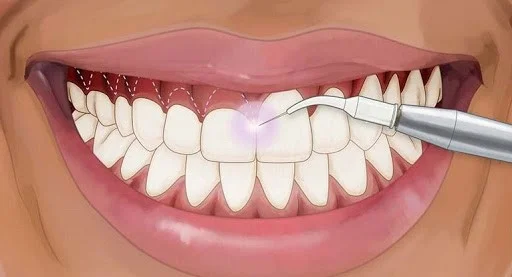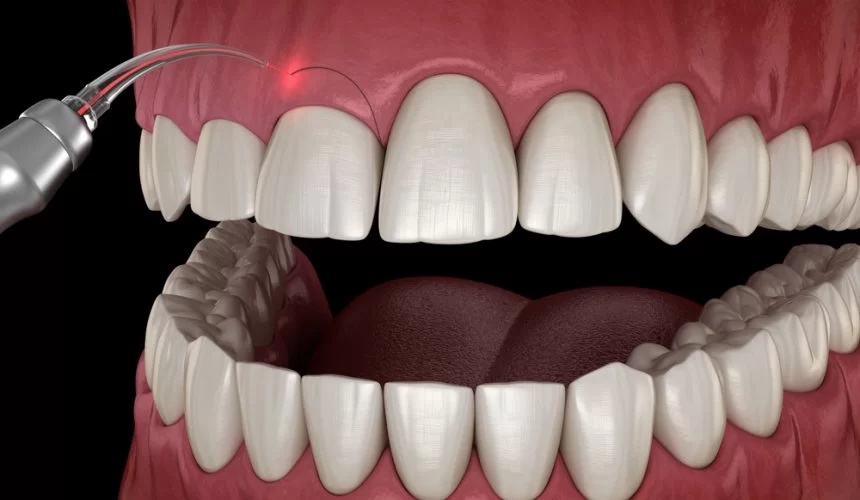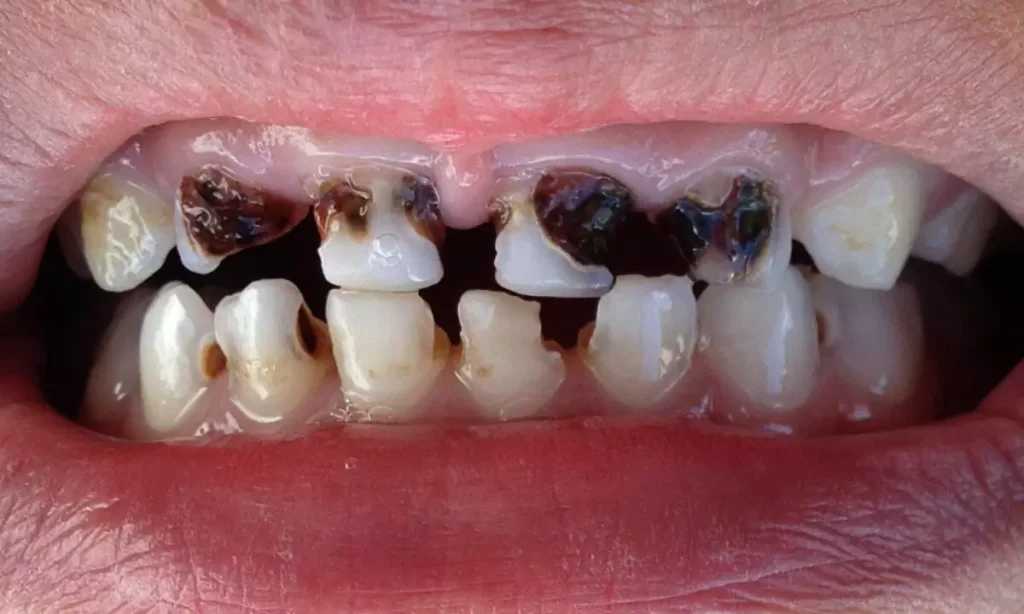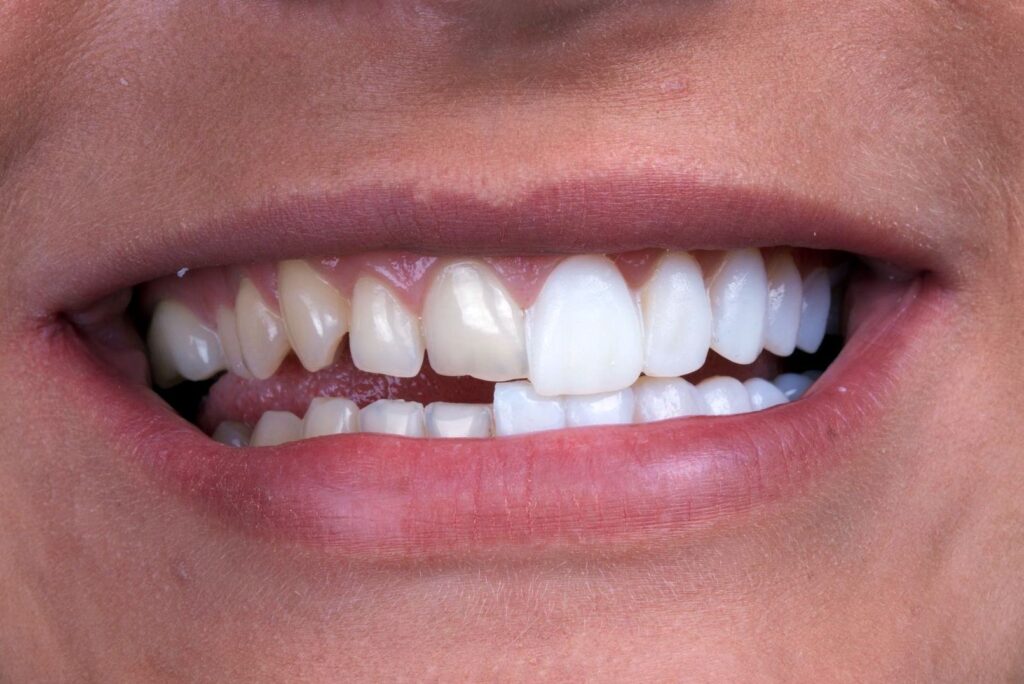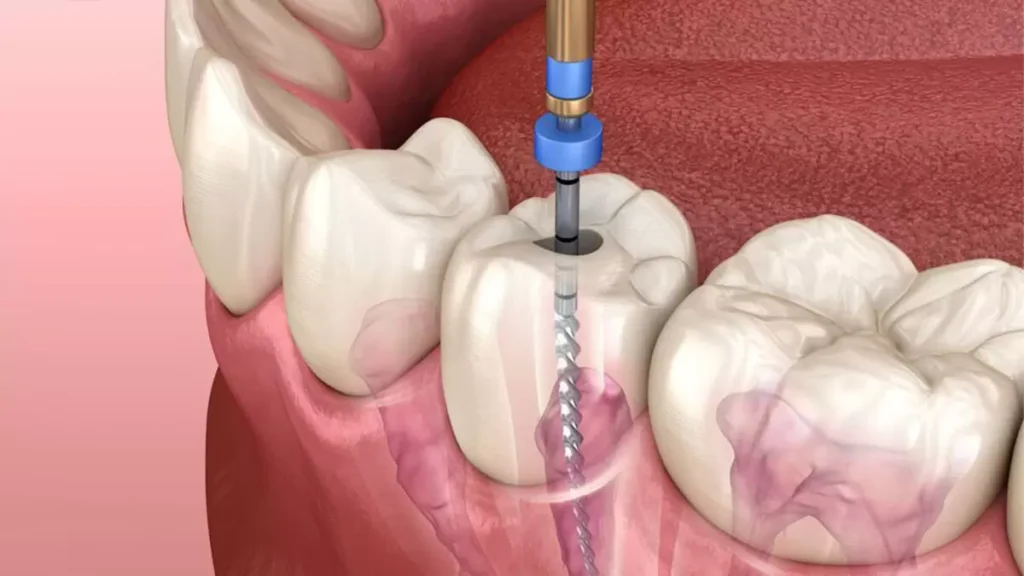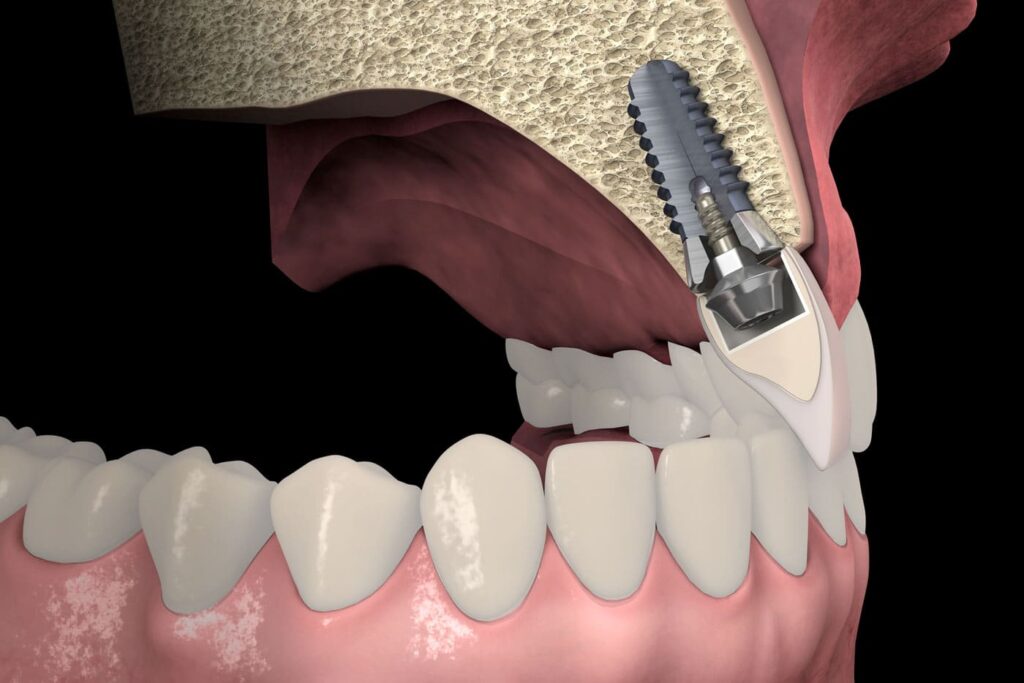Dental implants offer a highly effective and long-lasting solution for missing teeth. However, in some cases, the jawbone may lack the necessary density or height to support an implant. When this happens, bone grafting or sinus lift procedures may be required to strengthen the bone and ensure the success of the implant. But when are these procedures necessary, how are they performed, and what does the healing process look like? Here’s everything you need to know.
What is Bone Grafting, and When is it Needed?
Bone grafting is a procedure used when the jawbone is too thin or weak to support a dental implant. Over time, if a missing tooth is not replaced, the bone in that area can deteriorate due to lack of stimulation. This is especially common in areas where teeth have been missing for a long time.
🔹 How It Works: Bone grafting involves adding new bone material—either from the patient’s own body or synthetic sources—to strengthen the jawbone. This creates a solid foundation for implant placement.
🔹 Procedure: Performed under local anesthesia, bone grafting is a painless and straightforward procedure. After healing, which can take a few months, the implant can be placed successfully.
When is a Sinus Lift Required?
A sinus lift is necessary when placing implants in the upper jaw, particularly in the back teeth (molars and premolars). The upper jaw has naturally less bone density than the lower jaw, and after tooth loss, the sinus cavity can expand, further reducing available bone.
🔹 How It Works: The sinus membrane is gently lifted, and a bone graft is placed underneath to increase bone height. This provides a stable foundation for implants.
🔹 Procedure: Like bone grafting, a sinus lift is performed under local anesthesia. Some mild swelling and discomfort afterward are normal but subside within a few days.
Recovery Process & Key Considerations
After bone grafting or a sinus lift, it can take several months for the bone to heal and be ready for implant placement. During this time, patients should follow these important care guidelines:
✅ Avoid smoking, as it slows bone healing and increases the risk of complications.
✅ Follow dietary guidelines—stick to soft foods and avoid hard or chewy items.
✅ Manage swelling and discomfort with prescribed medications and cold compresses.
✅ Attend follow-up check-ups to ensure proper healing.
A Step Toward Successful Implant Treatment
Bone grafting and sinus lift procedures allow even patients with insufficient jawbone to receive implants safely. By following your dentist’s recommendations and maintaining proper care, you can ensure a smooth healing process and a successful, long-lasting implant treatment.
Important Note: This content is for general informational purposes only. The appropriate treatment plan varies for each patient, making it essential to consult with a specialist dentist. Always seek professional advice before making any decisions regarding your dental health.


